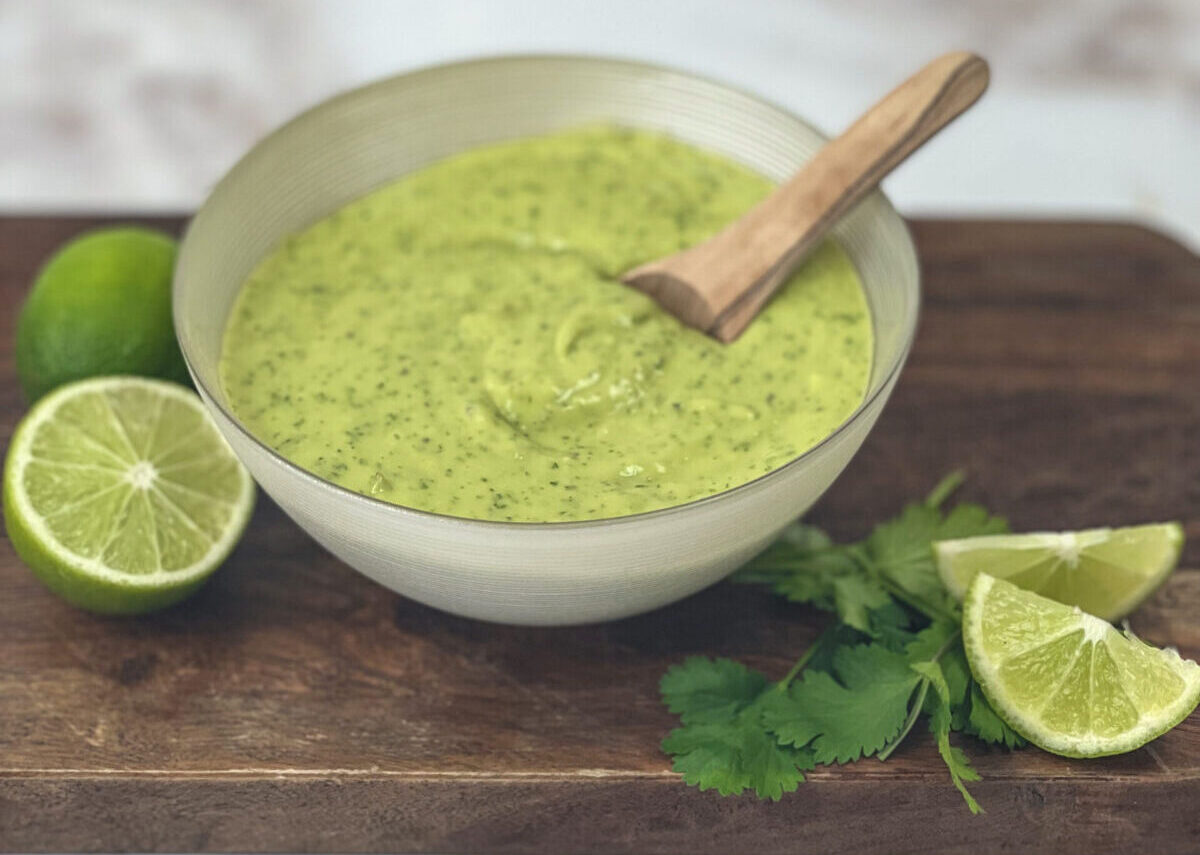From tangy vinaigrettes to creamy favorites, there’s something special about making your own salad dressing. It’s healthier, full of flavor, and completely your style. Once you try it, you’ll never go back to store-bought!
How to make homemade salad dressing completely changed the way I enjoy salads. Let me start with a little confession: I was never a fan of the store-bought stuff. The long list of ingredients I couldn’t pronounce, the extra sugar, the additives—it just didn’t sit right with me.
Once I started making my own dressings at home, everything clicked. The freshness, the simplicity, and the freedom to customize flavors opened up a whole new world. And trust me—once you taste a vibrant, homemade dressing, there’s no going back.
You can tweak the ratios, add your own flair, and let your taste buds lead the way. So grab your whisk or blender—we’re diving into the basics, tips, and a recipe that will turn any salad into a crave-worthy dish.
How to Make Salad Dressing
All good salad dressings need to have a few key elements. Whatever ingredients you add, each salad dressing needs the right balance of acidity, sweetness, fat, and savory.
- Acidity: Every salad needs a bit of acid to give it that tangy flavor. You can get acidity from vinegar or fresh citrus. Add a basic apple cider, sherry, white wine, or champagne vinegar. Fresh citrus includes lemons, limes, grapefruits, oranges, and mandarins. Try using the zest of the citrus for an even stronger citrus taste.
- Sweetness: A good salad dressing also has a slight sweetness for balance. Adding a little bit of honey, maple, date, or coconut sugar will go a long way in the flavor of the dressing.
- Savory: Salad dressings also need a savory base, such as mustard, coconut aminos, soy sauce, and Worcestershire sauce.
- Salt is an essential ingredient that softens the acid and makes the flavors pop. Remember, if you use other salty ingredients, like anchovies or cheese high in salt, like feta, taste the dressing before adding any more.
- Fat: Cold-pressed olive oil is an excellent source of fat in homemade salad dressing. You can also enhance the flavor using nut oil, like almond or hazelnut. Avocado oil has also started to become very popular in salad dressing.
Tips for Making the Best Dressing
-
Creamy and tangy, our Avocado Lime Dressing is the perfect addition to brighten up your salads and tantalize your taste buds.
Add fresh herbs such as mint, basil, tarragon, and cilantro for flavor.
- Incorporate roots like ginger, garlic, turmeric, shallots, and lemongrass to enhance the nutritional value of your salad dressing.
- When combining oil and vinegar, they naturally separate, so use a whisk, blender, or food processor and slowly pour in the oil to allow it to emulsify.
- While the ratio of acid to fat should be one to three, adjust your ratios according to your taste preferences.
- Hold off on adding salt and pepper until the end to season the dressing to taste.
- Olive oil can harden when chilled, so bring it to room temperature before using it, and remember to shake the salad dressing every time.
- Whisk or blend your salad dressing to achieve an extra creamy consistency.
Storage Tips
- Proper Storage: Transfer your homemade dressing to an airtight container, such as a mason jar or glass bottle with a tight-sealing cap.
- Refrigeration: Store your homemade dressing in the refrigerator to keep it fresh and safe.
- Shake Before Use: Give your dressing a good shake or stir to ensure all the ingredients are well-mixed.
- This organization should make it easier for readers to access both tips.
Some Salad Dressings to explore:
These homemade salad dressings are my go-to recipes for any salad creation. They’re not limited to salads; I love using them as dips for fresh veggies or marinades for grilled proteins.
- Miso Ginger Dressing: This miso dressing with rice vinegar and ginger adds a savory kick to salads, enhancing the taste of greens and veggies.
- Lemongrass Salad Dressing: Add lemongrass dressing to your salads or use it as a marinade for grilled vegetables or proteins for a refreshing and citrusy flavor. Perfect for Asian-inspired salads.
- Mandarin Vinaigrette: Fresh mandarin orange vinaigrette for salads and fruits. Sweet and tangy flavor.
- Ranch Salad Dressing: Ranch dressing is a creamy and tangy mix of herbs and buttermilk, making it a popular choice. It’s excellent for salads and as a dip.
- Greek Goddess Dressing: This Mediterranean-inspired dressing features Greek yogurt, lemon juice, garlic, dill, and parsley. It’s perfect for Greek salads or as a veggie dip.
- Lemon Tahini Dressing: Tangy tahini dressing pairs perfectly with grain salads, roasted veggies, or falafel sandwiches.
- Avocado Lime Dressing: Creamy avocado and zesty lime juice make salads, wraps, or veggies a delicious dressing.
- Dijon Balsamic Dressing: A tangy dressing with Dijon mustard and balsamic vinegar elevates any salad.
Step-by-Step Instructions
How to Prepare the Dressing

Taste and season with salt and black pepper to your preference.
Store in the fridge for up to one week, and shake well before each use.
Ingredients:
| ⅔ cup olive oil | |
| ¼ cup apple cider vinegar | |
| 2 tablespoons honey | |
| 1 tablespoon Dijon mustard | |
| 1 teaspoon fresh thyme leaves (or ½ teaspoon dried) | |
| salt and pepper to taste |
Preparation
Add the olive oil, apple cider vinegar, honey, Dijon mustard, and thyme to a jar or airtight container. Seal tightly and shake well until the dressing is fully combined and emulsified. Taste and season with salt and black pepper to your preference. Store in the fridge for up to one week, and shake well before each use.
Nutrition Information
The information shown is an estimate provided by an online nutrition calculator. It should should not be considered a substitute for a professional nutritionist's advice.
See our full nutrition disclosure here.










Do you make your own homemade salad dressing? What is to go dressing you make? Love to hear from you! Let me know in the comment below.